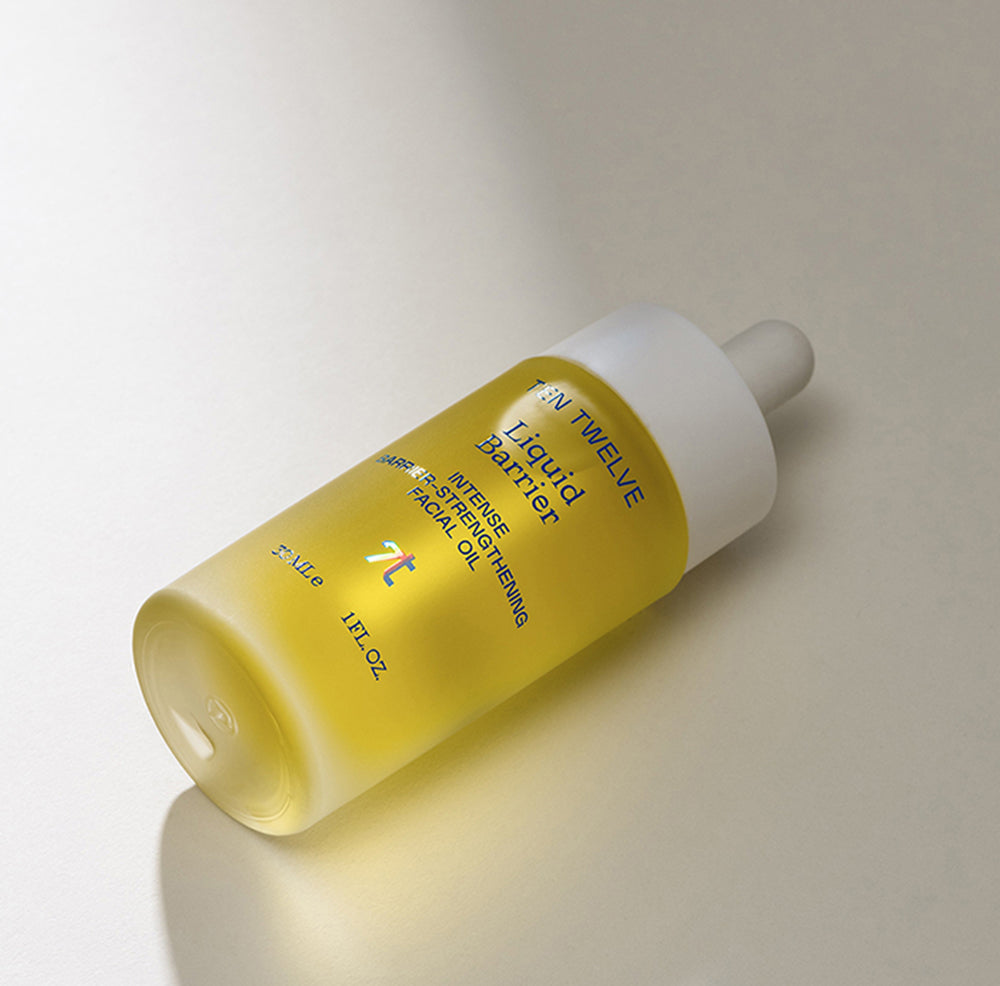Winter Skin, Summer Skin (I)
Part I: Perfect care during the cold season
By Dr. Huong Nguyen | Editor: Dr. Sabine Nunius | March 22, 2022
I'm still not a fan of winter. Maybe it's my Southeast Asian genes. Starting in February, I stretch toward every ray of sunshine. When spring finally arrives, I literally soak up the light and warmth. My metabolism is also starting to adjust. So it's time to adapt my skincare routine to the warmer months.
THE RIGHT SKINCARE FOR EVERY SEASON
This doesn't just apply to me, by the way: In latitudes with different seasons, it's recommended to adapt your skincare routine to the changing seasons in order to optimally support your skin. Your skin's moisture, and thus your skin's metabolism and regeneration, are significantly influenced by the ambient temperature and relative humidity. In other words: The requirements for ideal skincare depend heavily on your location. If you live in the tropics, for example, where it's warm and humid year-round, you'll need different skincare than in Central Europe, where there are noticeable differences between summer and winter.

Fact of the day
In Central European latitudes, the following rule of thumb will help you: In winter, your skin needs protection from dryness, and in summer, protection from radiation.
WINTER CARE: FRESHNESS & MOISTURE FOR YOUR SKIN
Especially in our latitudes, we spend a lot of time indoors in winter. The air there has lower humidity due to the lower outside temperature and the resulting need for heating. This has a direct impact on your skin. The humidity of your environment influences your transepidermal water loss (TEWL) and thus also your skin hydration.
SMALL EXCURSUS:
The loss of water from the epidermis into the atmosphere through evaporation is referred to as transepidermal water loss, or TEWL for short. Humidity, TEWL, and skin hydration are closely related, as the table below shows.


HUMIDITY, TEWL AND SKIN MOISTURE ARE CLOSELY RELATED
We can't influence the humidity in our environment. What we can, however, improve is our skin's ability to retain moisture. We can also ensure that water loss is minimized. Ultimately, we do two things:
1) We reduce water loss and
2) increase the storage capacity. This creates a real moisture boost that refreshes even the most tired winter skin!
You can use these building blocks perfectly:
• Moisturizing factors, such as sodium PCA, amino acids, lactate or hyaluronic acid
• Selected fats in the right dosage, e.g. shea butter, cupuacu butter, vegetable waxes – you may have to experiment a bit until you find the right amount for your skin
• Formulations containing ceramides and phospholipids
In case you're wondering how best to combine these individual building blocks: Shea butter, cupuacu butter, ceramides, and phospholides are all contained in Liquid Barrier!
SEQUEL FOLLOWS
The jump from winter to summer routine - find out more in Part II!
